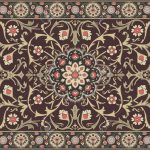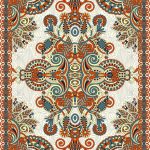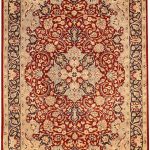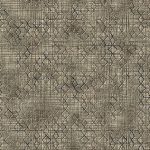Carpet design has a rich history that has undergone significant evolution over the years. From traditional patterns to modern styles, the evolution of carpet design reflects changes in tastes, technology, and fashion trends.
Traditional carpet designs have their roots in ancient civilizations such as the Persians, Egyptians, and Chinese. These designs often featured intricate patterns and motifs inspired by nature, religious symbols, and geometric shapes. Traditional carpets were hand-woven using techniques passed down through generations, and the designs were often passed down within families or communities.
As time passed, carpet design began to incorporate influences from different cultures and regions. The rise of trade routes and the exchange of goods and ideas between civilizations led to the development of new styles and techniques. For example, the Persian carpet, known for its elaborate floral motifs and rich colors, became popular in Europe during the Renaissance period.
In the 19th century, the Industrial Revolution brought significant changes to carpet design. The invention of the power loom enabled mass production of carpets, making them more affordable and accessible to a wider audience. This led to the emergence of various styles such as Victorian, Oriental, and Arts and Crafts, each characterized by unique patterns and colors.
The 20th century saw a shift towards more modern and minimalist carpet designs. Influenced by movements such as Art Deco, Bauhaus, and Mid-Century Modern, designers began to experiment with bold colors, abstract shapes, and simple patterns. Carpets became a crucial element in interior design, adding texture and warmth to contemporary spaces.
Today, carpet design continues to evolve with the use of new materials, technology, and manufacturing techniques. Modern carpets feature a wide range of designs, textures, and colors to suit different tastes and preferences. From luxurious shag rugs to sleek, geometric patterns, there is a carpet style for every décor aesthetic.
Furthermore, sustainability and eco-friendly practices have become increasingly important in carpet design. Many manufacturers are using recycled materials, natural fibers, and non-toxic dyes to create carpets that are both stylish and environmentally friendly.
The evolution of carpet design from traditional to modern styles showcases the dynamic nature of design and its ability to adapt to changing tastes and trends. Whether you prefer classic motifs or contemporary patterns, there is a carpet design that can add comfort and style to any space.
 decorafit.com Design ideas for your home and patio
decorafit.com Design ideas for your home and patio
















